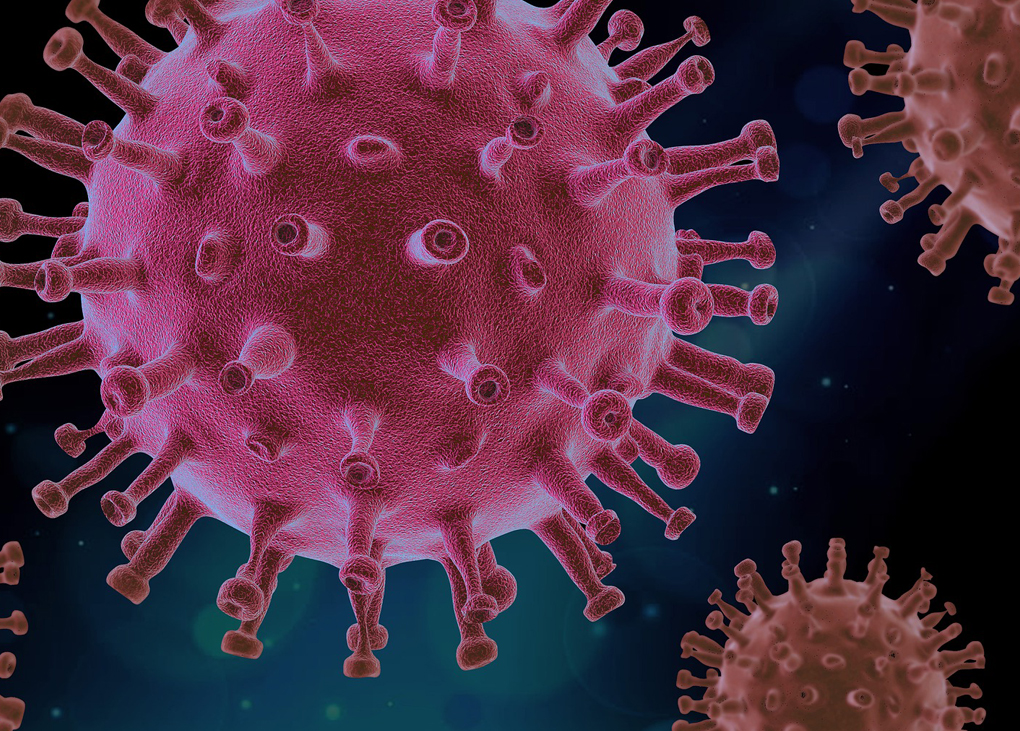The ASHRAE Epidemic Task Force has released an updated, unequivocal statement on the airborne transmission of SARS-CoV-2 (the virus that causes COVID-19) in buildings.
“Airborne transmission of SARS-CoV-2 is significant and should be controlled,” says the statement. “Changes to building operations, including the operation of heating, ventilating, and air conditioning systems, can reduce airborne exposures.”
This replaces the previous statement issued in April 2020 that said airborne transmission was “sufficiently likely” and that airborne precautions should be taken.
“This may seem like a small step,” says Epidemic Task Force chair William P. Bahnfleth, “but we feel it is important to leave no doubt about our position, given the muted support for ventilation and filtration as important tools in the effort to stop the pandemic, from some organisations that should be leading more strongly.”
The statement comes as the US continues to struggle with the pandemic, despite the roll-out of vaccines. According to the Reuters COVID-19 tracker, 167,187,795 doses of COVID vaccines have been administered – enough to have vaccinated more than 25 per cent of the country’s population. But infections are also on the rise, with more than 65,000 still being reported each day.
Since the beginning of the pandemic, the World Health Organization (WHO) and the Centers for Diseases Control (CDC), have contended that transmission of SARS-CoV-2 was mostly by droplet and fomite modes, not airborne. More recently, both have acknowledged the risk of airborne transmission indoors.
At the beginning of March, the WHO released a roadmap to improve and ensure good indoor ventilation in the context of COVID-19. It aims to define the key questions users should consider to assess indoor ventilation and the major steps needed to reach recommended ventilation levels or simply improve indoor air quality to reduce the risk of spread of COVID-19.
It also includes recommendations on how to assess and measure the different parameters, specifically in health care, non-residential and residential settings whenever a person is under home care or home quarantine.
To read the AHSRAE statement on SARS-CoV-2, click here.
To read the WHO indoor ventilation roadmap, click here.
 Mark Vender
Mark Vender


Leave a Reply